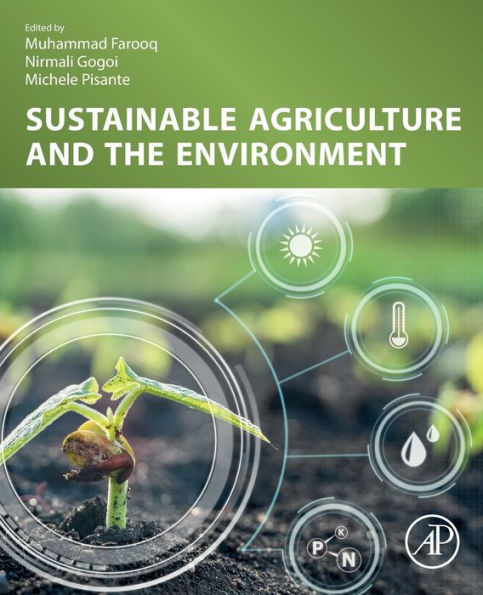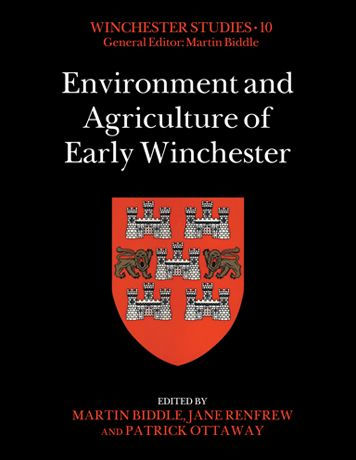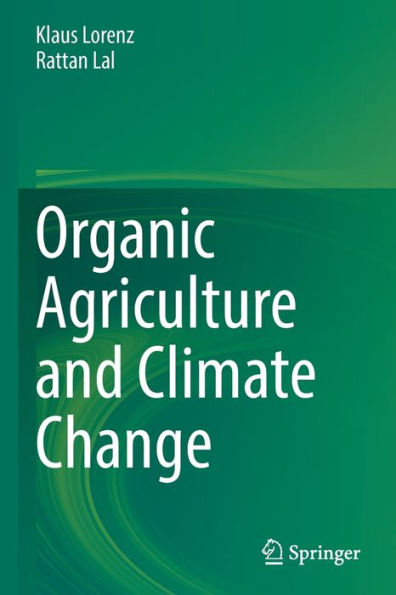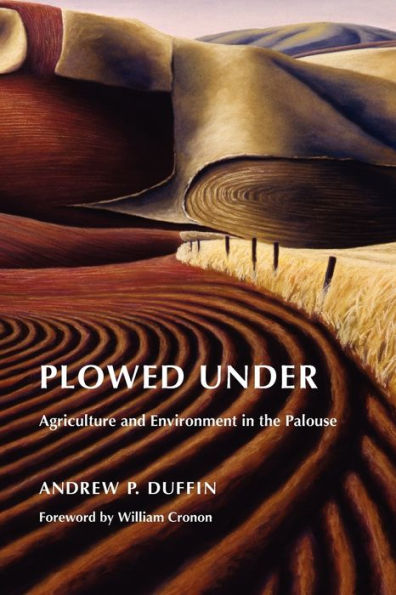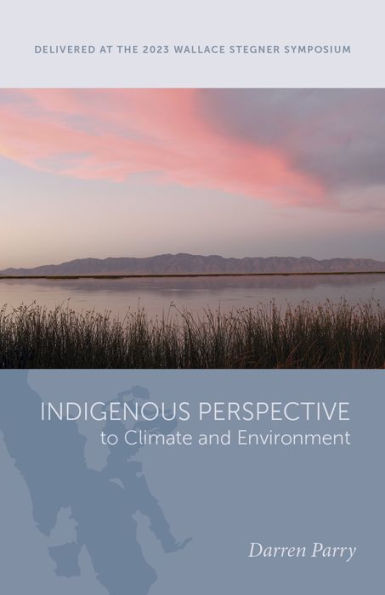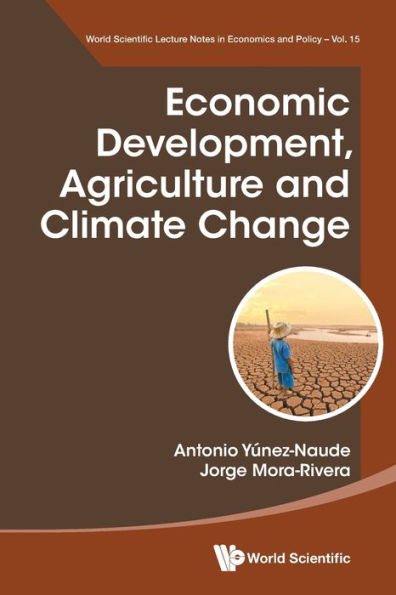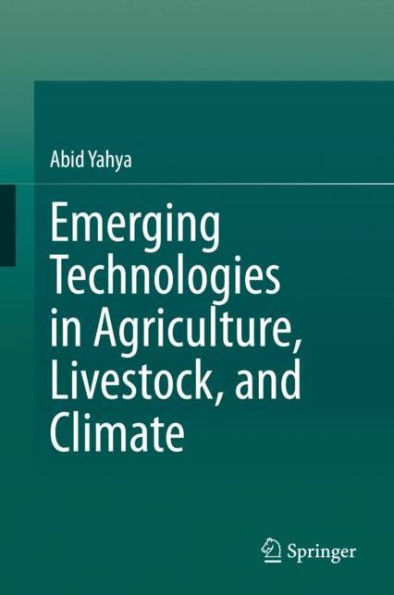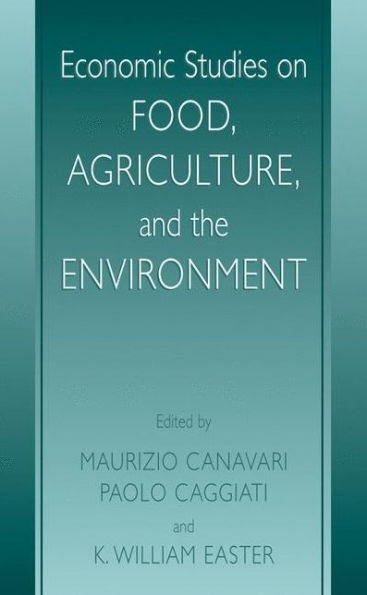Home
Climate, Environment and Agriculture in Assyria: in the 2nd Half of the 2nd Millennium BCE
Barnes and Noble
Loading Inventory...
Climate, Environment and Agriculture in Assyria: in the 2nd Half of the 2nd Millennium BCE in Franklin, TN
Current price: $94.00
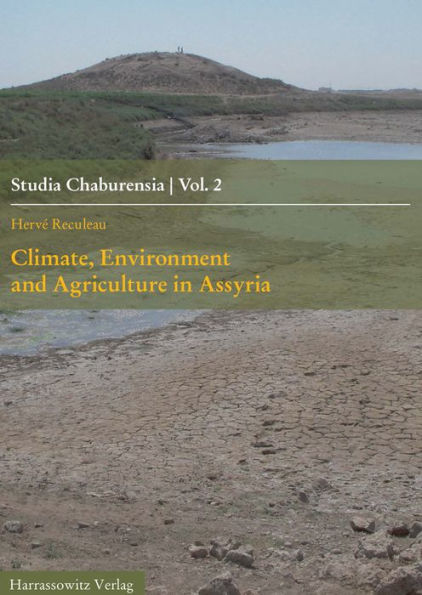
Barnes and Noble
Climate, Environment and Agriculture in Assyria: in the 2nd Half of the 2nd Millennium BCE in Franklin, TN
Current price: $94.00
Loading Inventory...
Size: OS
This book is the result of a two-year post-doctoral research conducted at the Cluster of Excellence TOPOI (Berlin) under the direction of Prof. Dr. Hartmut Kuhne. It focuses on potential environmental changes and/or climatic fluctuations, and their impact on the agrarian economy of Assyria during the 13th to 10th centuries BCE. Being intersected in two parts the first three chapters present a state-of-the-art compendium of palaeo-ecosystems and climatic as well as archaeological conditions of Upper Mesopotamia during the Late Holocene, i.e. the 2nd Millennium BCE, while the last four chapters analyze the cuneiform evidence of the 13th century BCE of cereal yields in relation to dry-farming and/or irrigation, field locations, productivity, and metrology. It is suggested that the overall poor yields documented at Middle Assyrian cities like Assur and Kar-Tukulti-Ninurta or provincial towns like Dur-Katlimmu, Harbe, Tall Sabi Abyad or sibanniba cannot be interpreted in terms of an opposition between dry-farming vs. irrigation agriculture, but rather reflect the poor efficiency of Assyrian agriculture during an arid episode which prevailed in Upper Mesopotamia in the whole Late Bronze Age.
This book is the result of a two-year post-doctoral research conducted at the Cluster of Excellence TOPOI (Berlin) under the direction of Prof. Dr. Hartmut Kuhne. It focuses on potential environmental changes and/or climatic fluctuations, and their impact on the agrarian economy of Assyria during the 13th to 10th centuries BCE. Being intersected in two parts the first three chapters present a state-of-the-art compendium of palaeo-ecosystems and climatic as well as archaeological conditions of Upper Mesopotamia during the Late Holocene, i.e. the 2nd Millennium BCE, while the last four chapters analyze the cuneiform evidence of the 13th century BCE of cereal yields in relation to dry-farming and/or irrigation, field locations, productivity, and metrology. It is suggested that the overall poor yields documented at Middle Assyrian cities like Assur and Kar-Tukulti-Ninurta or provincial towns like Dur-Katlimmu, Harbe, Tall Sabi Abyad or sibanniba cannot be interpreted in terms of an opposition between dry-farming vs. irrigation agriculture, but rather reflect the poor efficiency of Assyrian agriculture during an arid episode which prevailed in Upper Mesopotamia in the whole Late Bronze Age.

